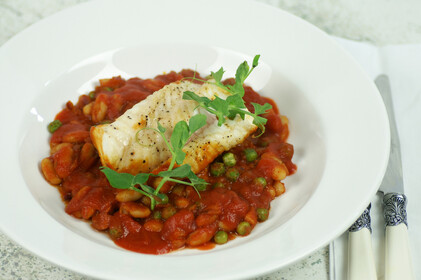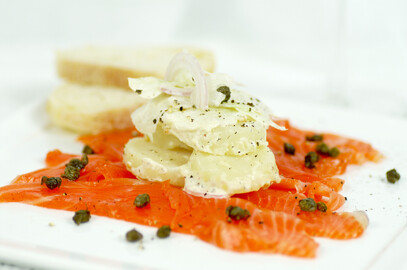An easy two-hour drive north of Sydney, the Hunter Valley is Australia’s oldest wine-producing region, but it is certainly no museum piece. The Hunter is a dynamic wine, food and cultural destination with over 100 wineries, 50 restaurants, numerous art and craft galleries and outdoor concerts in summer.
There are so many opportunities for wining and dining in the 29,000 square kilometres of the Valley that it requires a week or more to explore. Most wineries are situated south of the Hunter River. We chose the Pokolbin region. And it was a great experience.
Our first stop — Adina Vineyard and Olive Grove. Originally the major olive producer in the Valley, today Adina’s avant garde pinot gris, chardonnay, verdelho, sangiovese and shiraz are also receiving accolades.
Next, we visited The Wine House (formerly the Small Winemakers Centre). This is a must-do visit as the tastings showcase the diversity of varietals from the Hunter. Amongst others, we savoured several semillons, the Hunter’s premier wine.
The following day we discovered Peppers Creek and the delightful Enzo Café where we relaxed in the sunshine and enjoyed baked ricotta served with sliced smoked salmon, avocado, house-made beetroot hummus and sour dough — excellent.
The Deck Café at Lovedale’s Gartelmann Winery is also on my favourite places list. Run by chef Matt Dillow, we relished his’s Dill-cured Salmon Gravlax served with Gartelmann’s best semillon.
CASSOULET & PAN-FRIED FISH
The cassoulet can be prepared well ahead. Reheat then cook and add the fish. We enjoyed this with Adina Vineyard’s Verdelho.
Cassoulet: 2 tablespoons olive oil, divided
1 onion, diced
1/2 teaspoon ground cumin
50g spicy smoked chorizo
2 cloves garlic, crushed
670g passata
410g can cannellini beans
pinch sugar
freshly ground salt and pepper to taste
1 tablespoon sliced mint leaves
1 cup peas
Fish: 4 (700g) skinned and boned chunky white fish fillets
Heat half the oil in a heavy frying pan. Sauté the onion, until softened. Add the cumin, chorizo and garlic and cook for 2 minutes. Add the passata, beans, sugar and seasonings. Simmer for 5 minutes. Add the mint and peas and continue to cook, until hot.
Heat the remaining oil. Season the fish with salt and pepper. Pan-fry on medium-high for about 1 minute each side, until lightly coloured.
Place the fish on top of the mixture in the frying pan. Cover and simmer gently for 3-5 minutes, until cooked. Great served garnished with pea fronds. Serves 4.
THE DECK’S DILL-CURED SALMON GRAVLAX
THE DECK’S DILL-CURED SALMON GRAVLAX
My interpretation of Matt Dillow’s gravlax which he served with Gartelmann Semillon.
Cure: 2 cups rock salt
1 cup sugar
1 bunch dill, roughly chopped
1 tablespoon freshly ground white pepper
500g piece salmon, skin on, bones removed
Salad: 2 tablespoons olive oil
1 tablespoon capers, patted dry
1/2 each: small fennel bulb, red onion
250g kipfler or small potatoes
2 tablespoons aioli
1 teaspoon each: whole grain mustard, chopped preserved lemon
lavash or sour dough bread for serving
Combine the rock salt, sugar, dill and pepper. Place the salmon in a shallow dish, skin-side down. Rub the salt mixture into the salmon. Cover and refrigerate for 24 hours, turning over halfway through.
Wash the mixture off and pat the salmon dry. Covered, the salmon will keep chilled for up to 7 days. Using a sharp knife, thinly slice the salmon from one side to the other.
Heat the olive oil and pan-fry the capers, until crisp. Shave the fennel. Thinly slice the onion.
Boil the potatoes until just tender. Drain, cool and cut into 1cm thick slices. Combine with the fennel, onion, aioli, mustard and preserved lemon in a bowl. Gently toss to combine.
Place the sliced gravlax on a serving plate and top with the potatoes and fried capers. Serve with the lavash or sough dough. Serves 4 as a starter or light meal.

